You know bodyweight exercises rock. But will this style of training help you build muscle?
Not only are bodyweight exercises awesome for building muscle, it will seriously kick your butt. It’s not just about push up variations, squats and burpees.
Advanced bodyweight exercises require unmatched levels of full body tension, and that’s what leads to enormous strength gains – and how you build muscle.
You will be surprised how hard you can work using only your bodyweight as resistance…
The big positive of bodyweight training is that it doesn’t beat up your joints as much as traditional weight lifting. This allows for a natural range of motion and improves your athleticism.
Now that’s sexy….
It’s so awesome – some experts believe it’s even better than free weights.
Personally, I don’t agree. But I’m not here to debate that today…
Build Muscle for Strength or Size?
First, you need to clarify your goal and decide if you want to build muscle for strength or size. There’s a big difference between the two.
Performing a pistol squat is an awesome display of strength, stability and mobility. Single leg work such as this will help you gain enormous amounts of muscular strength, without looking like a juiced up bodybuilder.
On the other hand, you’d be hard pressed to find a massive bodybuilder who relied ONLY on bodyweight training.
The thing is, people often associate bodyweight training with high reps and the army, hence the thought you can’t gain strength without a rack full of weights. That’s a load of bull.
To gain muscular strength, you need significant load and tension. Ultra high rep work is does not provide this.
High rep training does very little to activate the fast twitch fibers – those have the greatest potential for growth. You need to keep that in mind, and predominantly stick within the 5-12 rep range. For lower body moves (like the pistol squat) you can bust out up to 20 reps to force good leg strength growth.
So yes, you can build muscle and gain strength using bodyweight exercises. But you must follow the golden rule of… Progression.
Progressions
Progressions are hands down the most misunderstood factor of bodyweight training.
The problem is, most people don’t use suitable exercise progressions, and therefore never increase the resistance and don’t get results.
Properly selected bodyweight exercises will help you build muscle rapidly. But if you choose the wrong ones (or worse – none!), you’re wasting time and will potentially look like a silly goose.
Another reason people think you can only build muscle using weights is because it’s a LOT easier to pick up a heavier dumbbell than it to progress to a muscle up over the course of 6-12 months.
You know, bodyweight training takes dedication and persistence. Sure, you need strength. But you also need a high level of mobility, stability and co-ordination that ONLY comes through regular practice.
Let me be honest here: most folks don’t have the patience for learning these complicated, highly technical exercises. Often, they perceive a lack of progress and throw in the towel.
Bodyweight Exercises: The Foundation of Movement
I use bodyweight training as the starting point for all new clients, and I recommend you start with that too.
You see, if you can’t move your bodyweight through a full range of motion with good stability and mobility, what makes you think you can stack up a few hundred pounds and bust out squats and deadlifts with perfect form?
The Bottom Line
Ultimately, you need to think about the type of physique you want and set your goals accordingly.
To build muscle effectively, you need to start with bodyweight training and progress the exercises.
It will take time to master the more challenging moves, so be patient with your body.
Be patience. Learn new bodyweight moves and make awesome progress ![]()
Keep on rocking it!
Your Coach and Friend,
KV






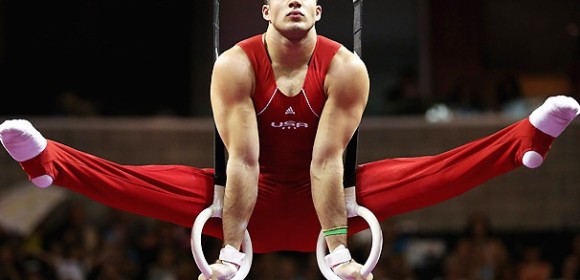



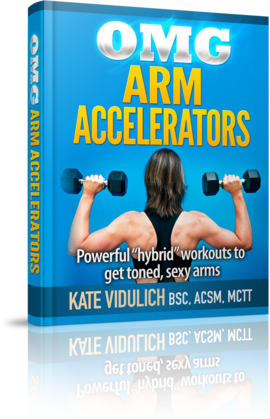
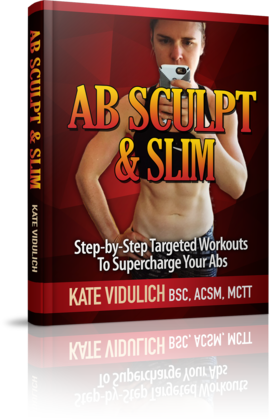

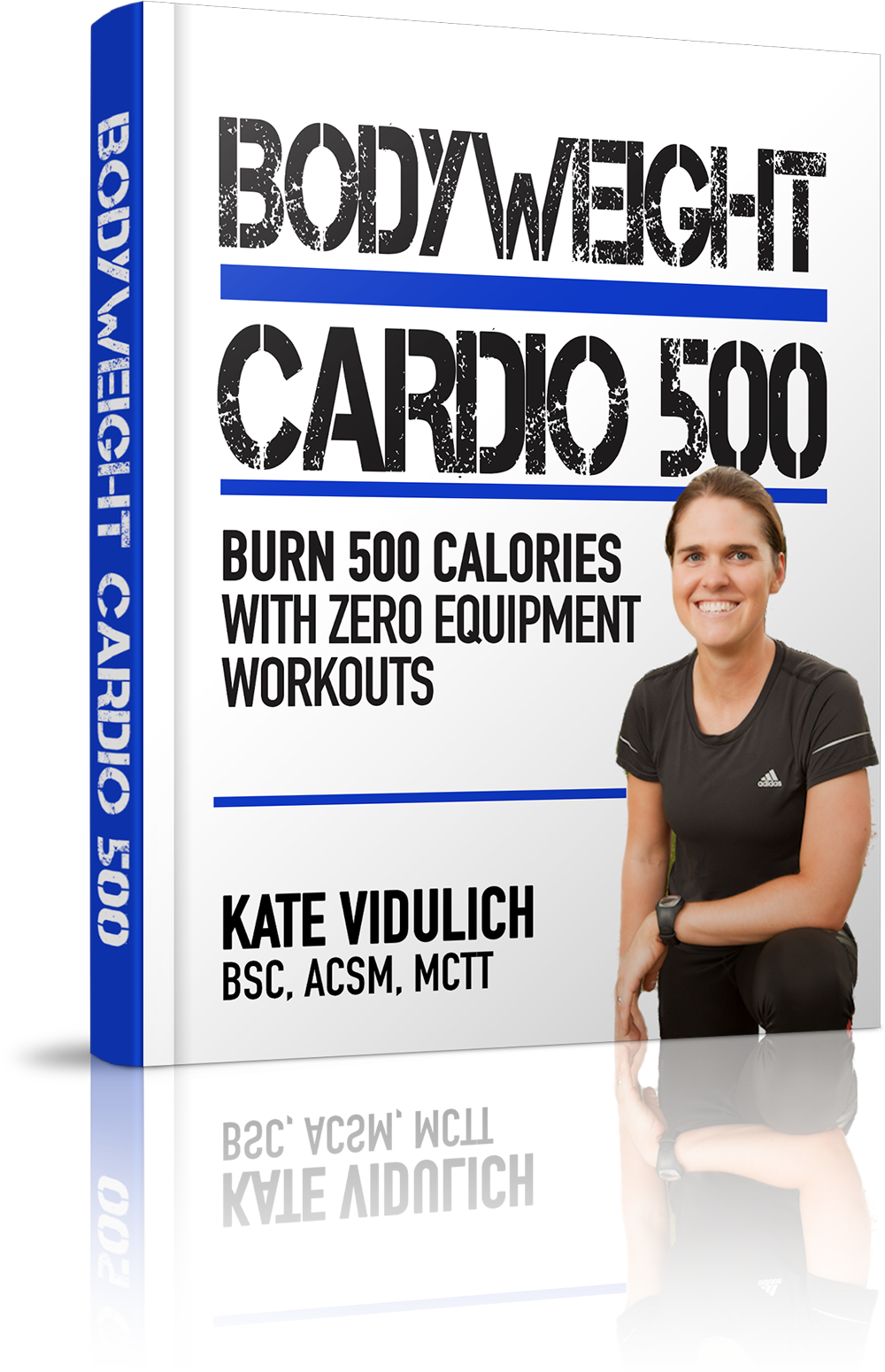

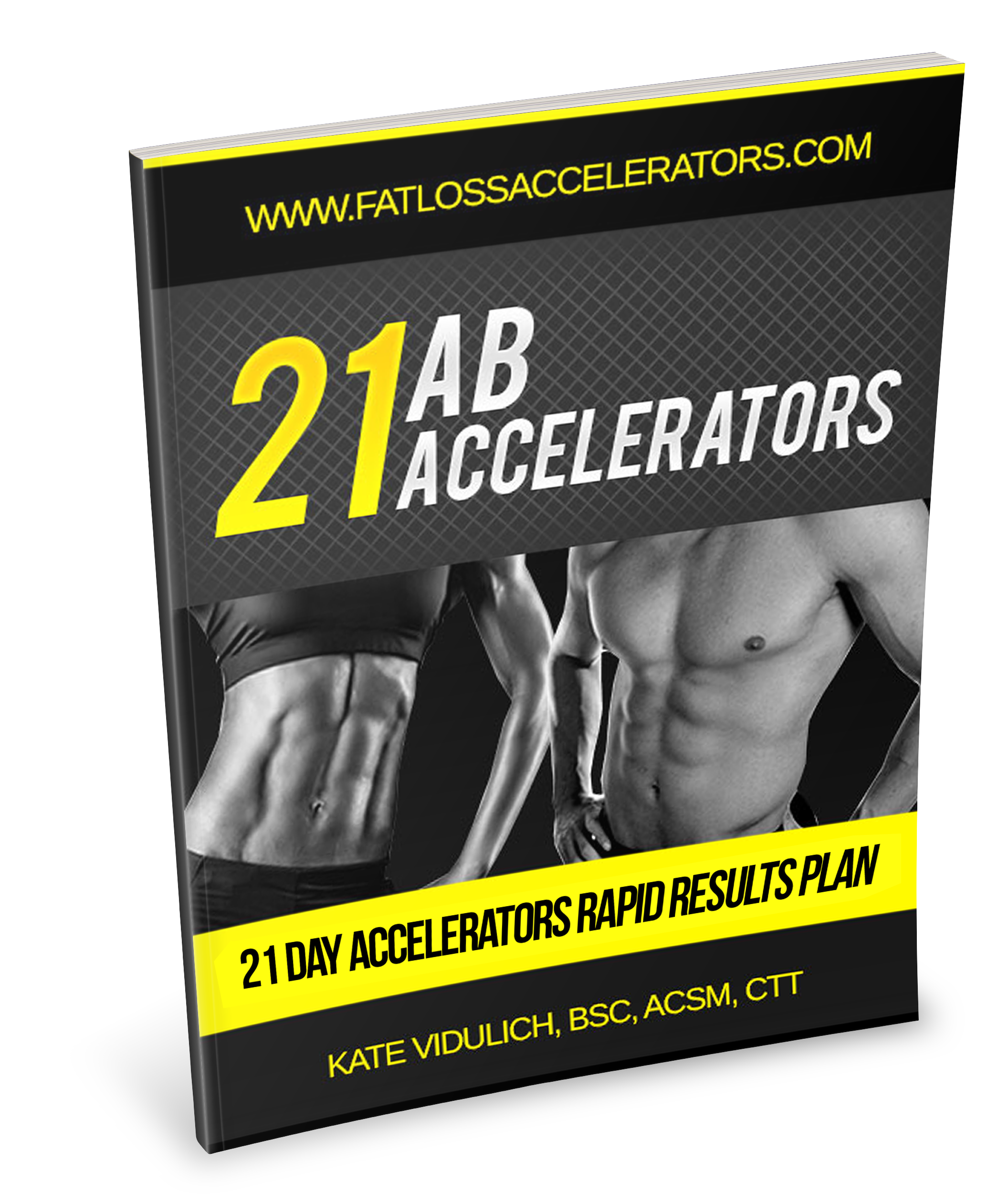
4 Replies
HI Kate
How do you do an inverted row with no equipment?
Thanks
Janice
Hey Janice!
Without a gym, you need to get super creative with the inverted row. Here’s an option:
- You need really thick pipe or wooden dowel, something strong enough to support your weight. Lie it across two of your strongest chairs (that are sturdy and locked in position), and then lie down directly underneath it. Make sure it’s REALLY sturdy, and the bar isn’t going to break or move, and pull yourself up. Be super careful with this – it’s crude, but will get the job done.
As an alternative, you could stop by a playground and use the monkey bars
Have a great day,
Kate
HI Kate,
I’m enjoying your FLA program, but had three exercise related questions:
are exercises that feature isometric holds and static contraction with weights worth doing?
are plyometric exercises worth doing?
is the back bridge exercise dangerous or beneficial?
Thanks,
James
Hey James,
Great to hear you’re enjoying the program!
1) Yes. Isometrics and static moves are great for increasing the time under tension, which increases the intensity. This is particularly beneficial when doing BW exercises to make it more challenging.
2) Plyos: Yes. It helps to improve your power output, and it’s an essential part of anyone’s program. The amount/progression you need will vary depending on your goal.
3) Back bridges are safe if you have no injuries, you do them correctly and follow the progressions. I’m not a fan of the variation where you balance your weight on your head (neck bridges), so I wouldn’t advise you to do that. Back bridges are a good bodyweight move, but if you have access to weights, I think deadlifts, squats and KB swings are far superior for strengthening your back.
I hope that helps.
Keep on rocking it!
Kate